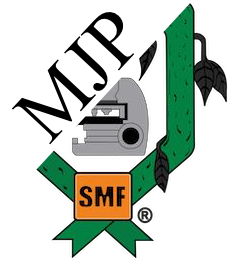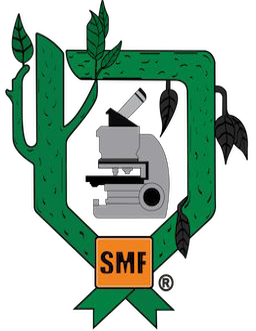-
Or Copy link


Article filters
Search Papers
Inhibition of Colletotrichum spp. causing anthracnose in coffee (Coffea arabica) using native isolates of Trichoderma sp.
By Abimael Rubio Sosa, Misael Martínez Bolaños, Juan Florencio Gómez Leyva, Salvador Lozano Trejo*, Ernesto Castañeda Hidalgo, Gustavo Omar Diaz Zorrilla
* Corresponding Author. Email: / Institution:
Received: 30/August/2024 – Published: 26/March/2025 – DOI: https://doi.org/10.18781/R.MEX.FIT.2307-1
-
Or Copy link
Abstract Background/Objective. The objective of the study was to isolate and characterize native isolate of Trichoderma from organic crops of Arabica coffee (Coffea arabica) in Oaxaca state, as well as to evaluate their in vitro biocontrol potential against Colletotrichum spp., causal agent of anthracnose.
Materials y Methods. Soil and vegetative material samples were collected from coffee plant plots, from which fungal strains corresponding to the genera Trichoderma and Colletotrichum were isolated. Macroscopic and microscopic characterization was performed and the growth rate of each of the isolates was evaluated. Finally, molecular characterization was performed by sequencing the ITS region of rRNA. To evaluate the biocontrol potential, antagonism tests were performed between the isolates of the two genera.
Results. Seven different species were identified: T. harzianum, T. pleuroticola, T. sulphureum, T. tomentosum, T. koningii, T. spirale and T. lentiforme. The latter were the most abundant. Of these, T. lentiforme was selected and evaluated for its in vitro inhibition capacity against three Colletotrichum spp. It was observed that the growth of the fungus was inhibited by 20 to 80%.
Conclusion. The potential of Trichoderma as a biocontrol agent for Colletotrichum spp. is highlighted, acting in different ways against this phytopathogen. This contributes to the knowledge about the diversity of native Trichoderma species, to the coffee-growing region of the state of Oaxaca. In addition, this deeper knowledge contributes to enriching knowledge and choosing these species for future studies in the biocontrol of phytopathogens, in order to promote sustainable agricultural practices.
Keywords: Antagonist, anthracnose, biological control, ITS.